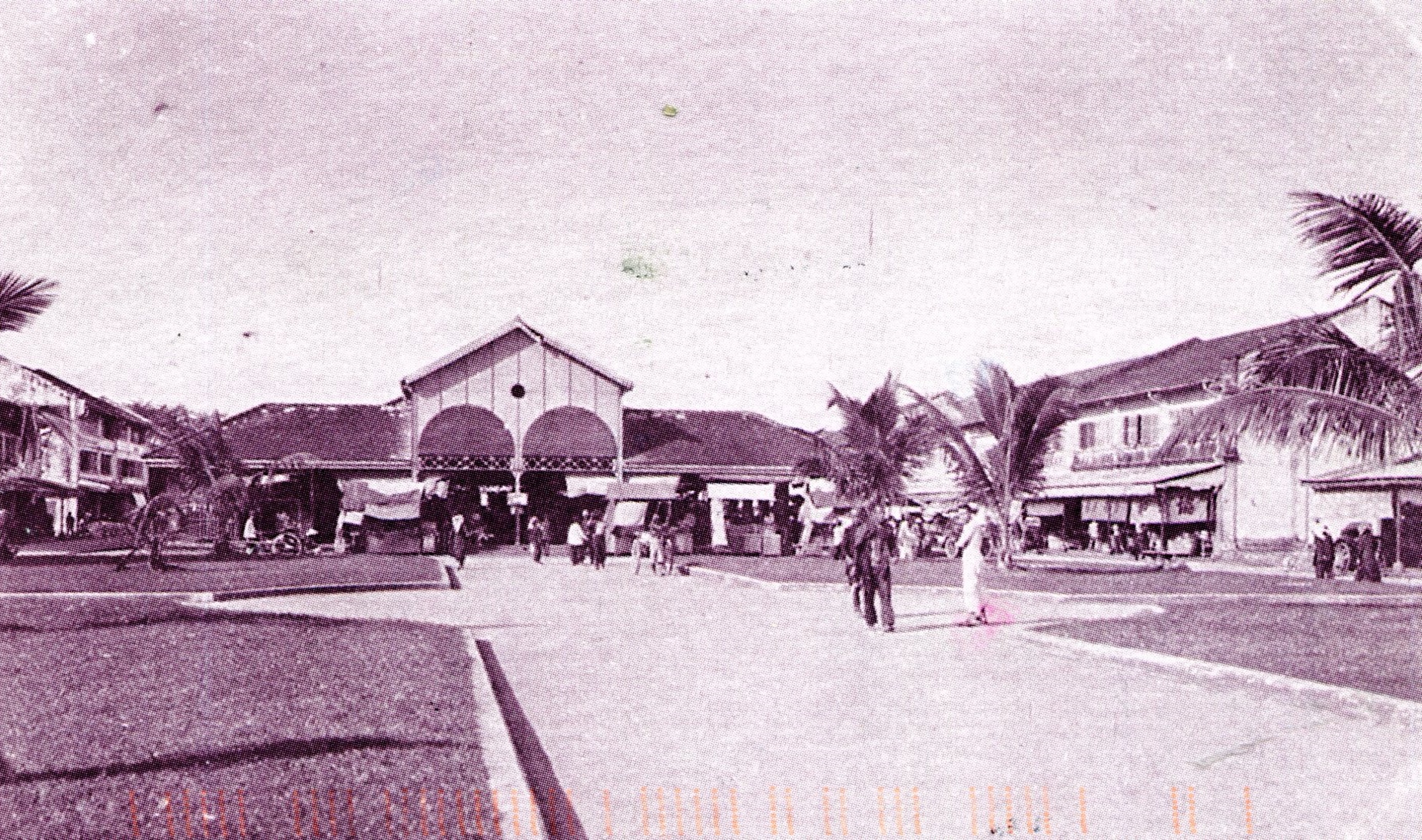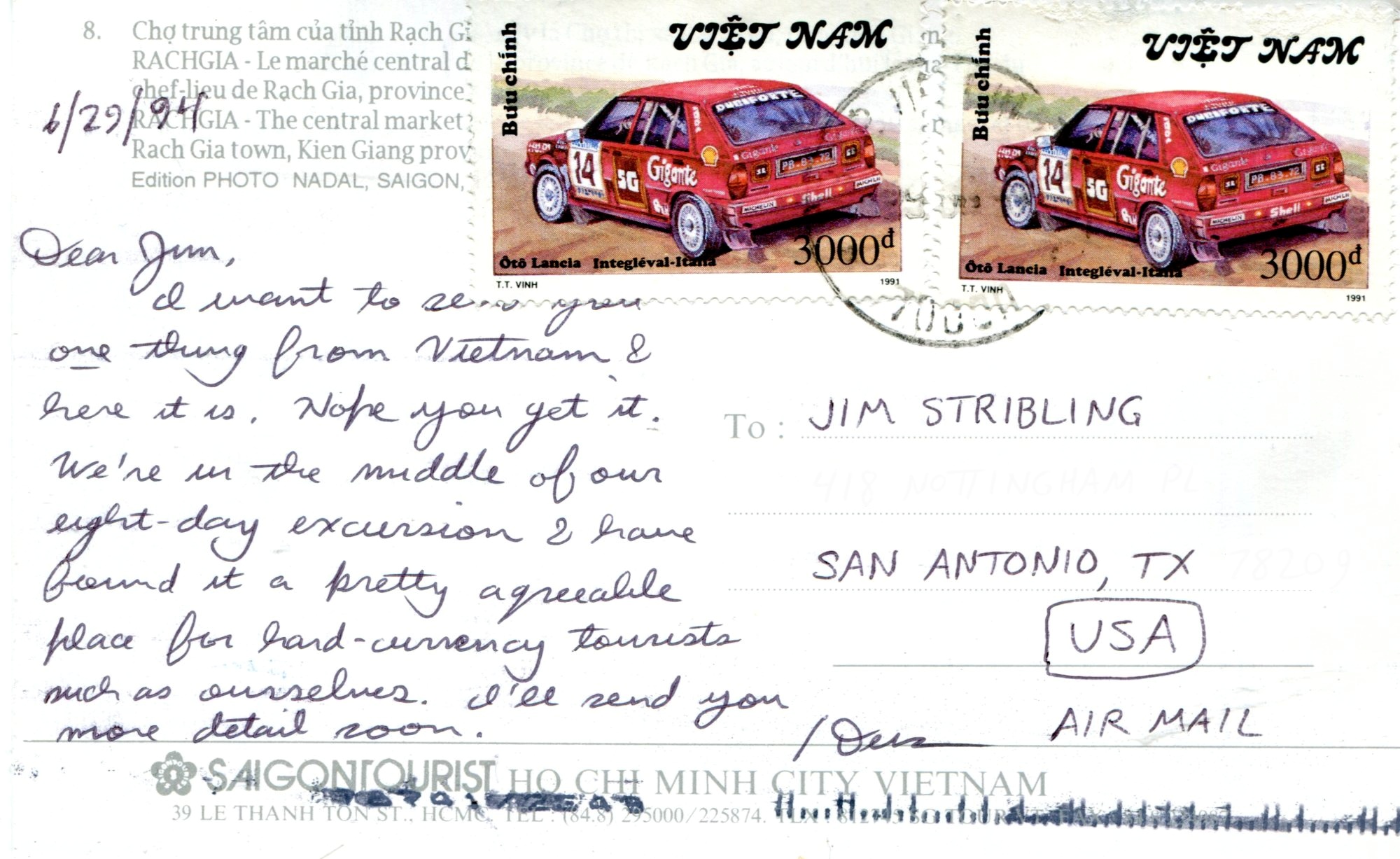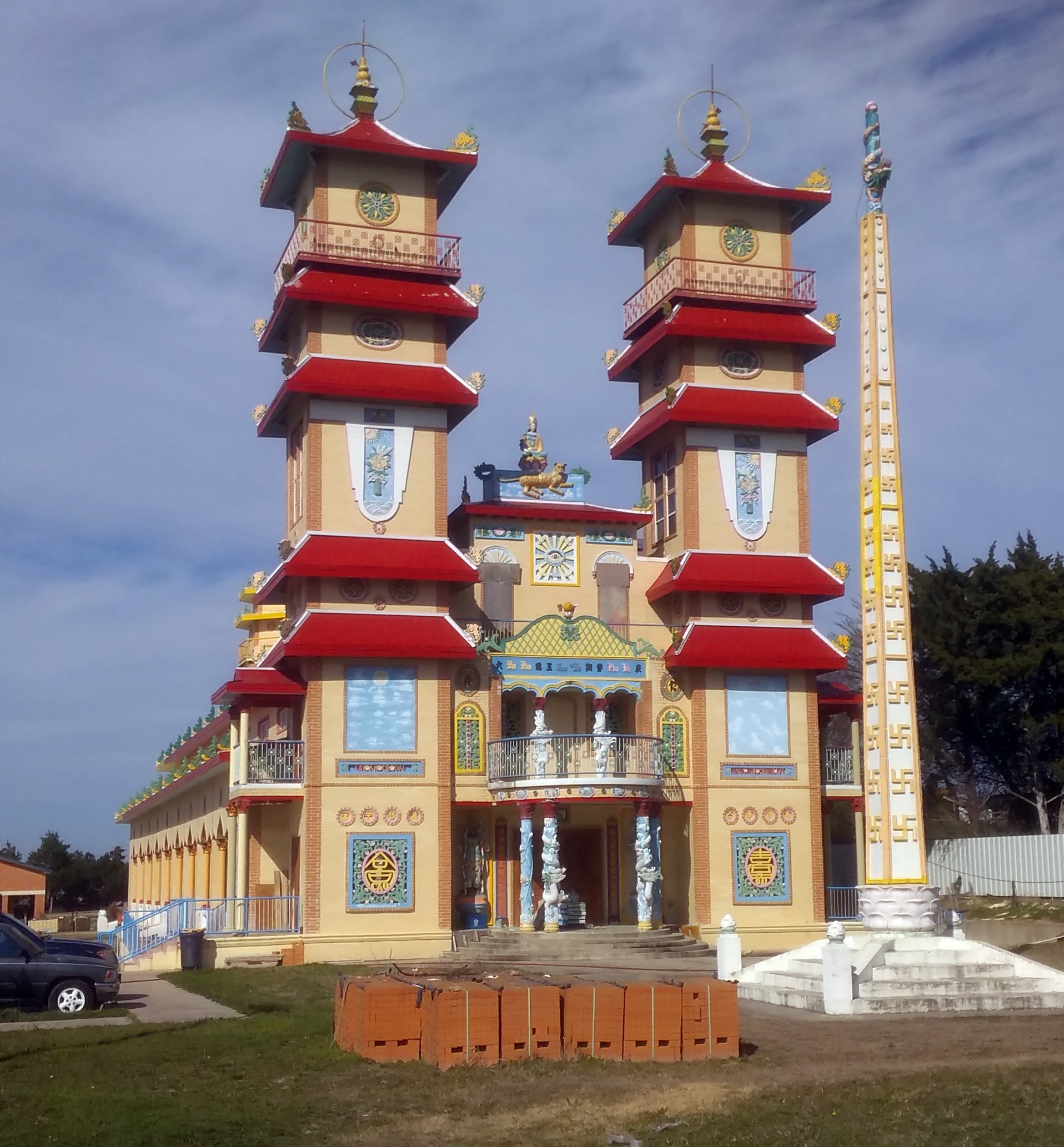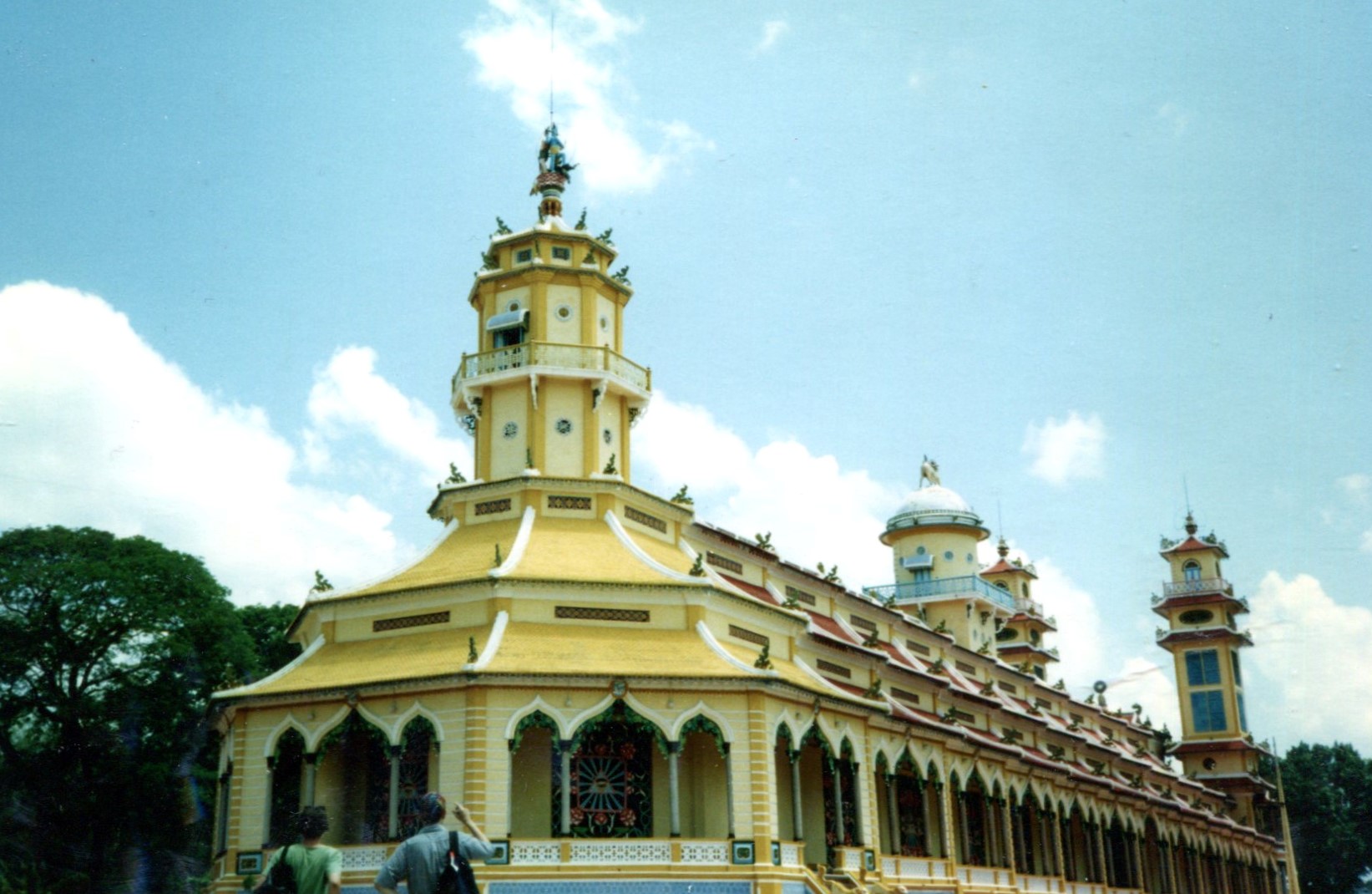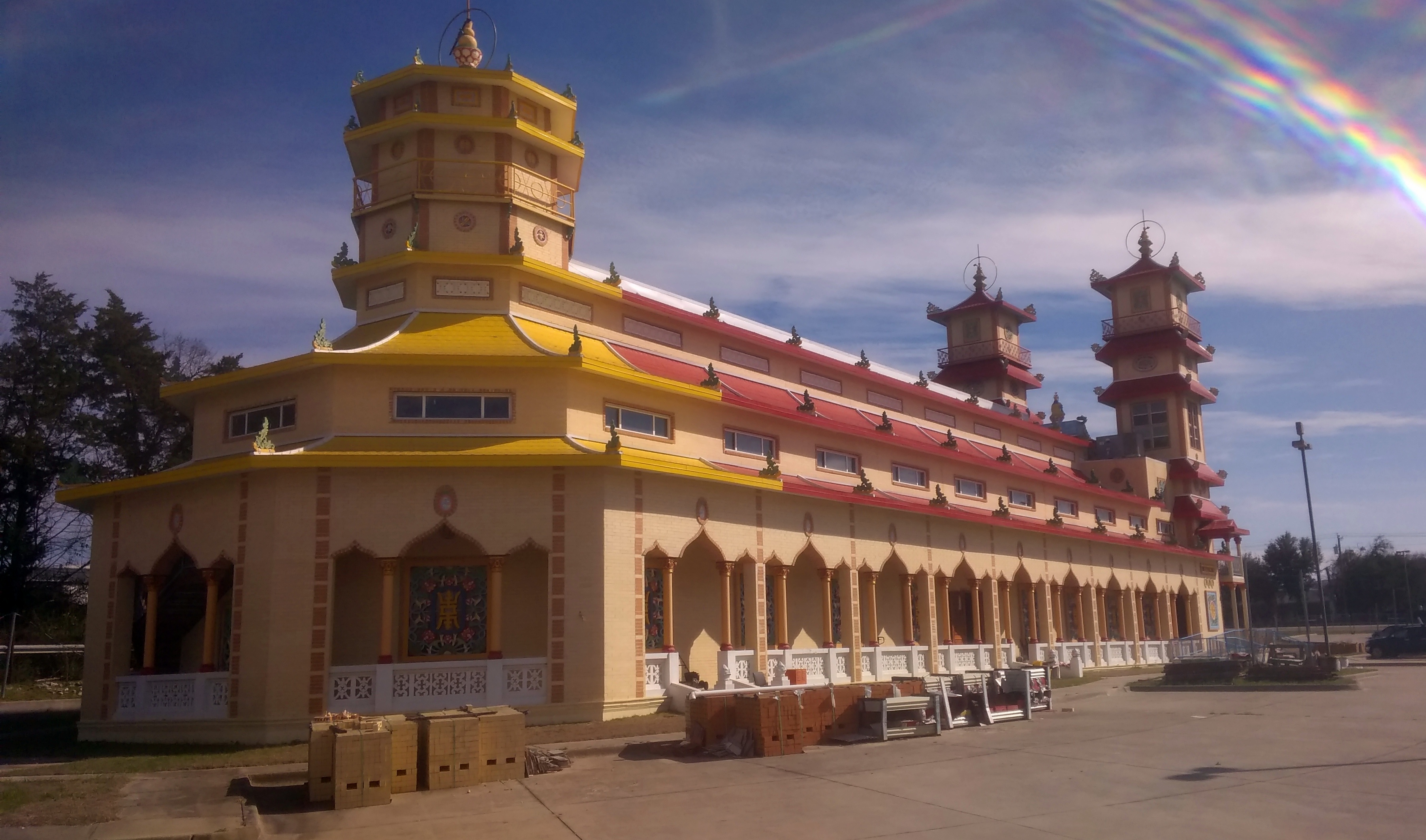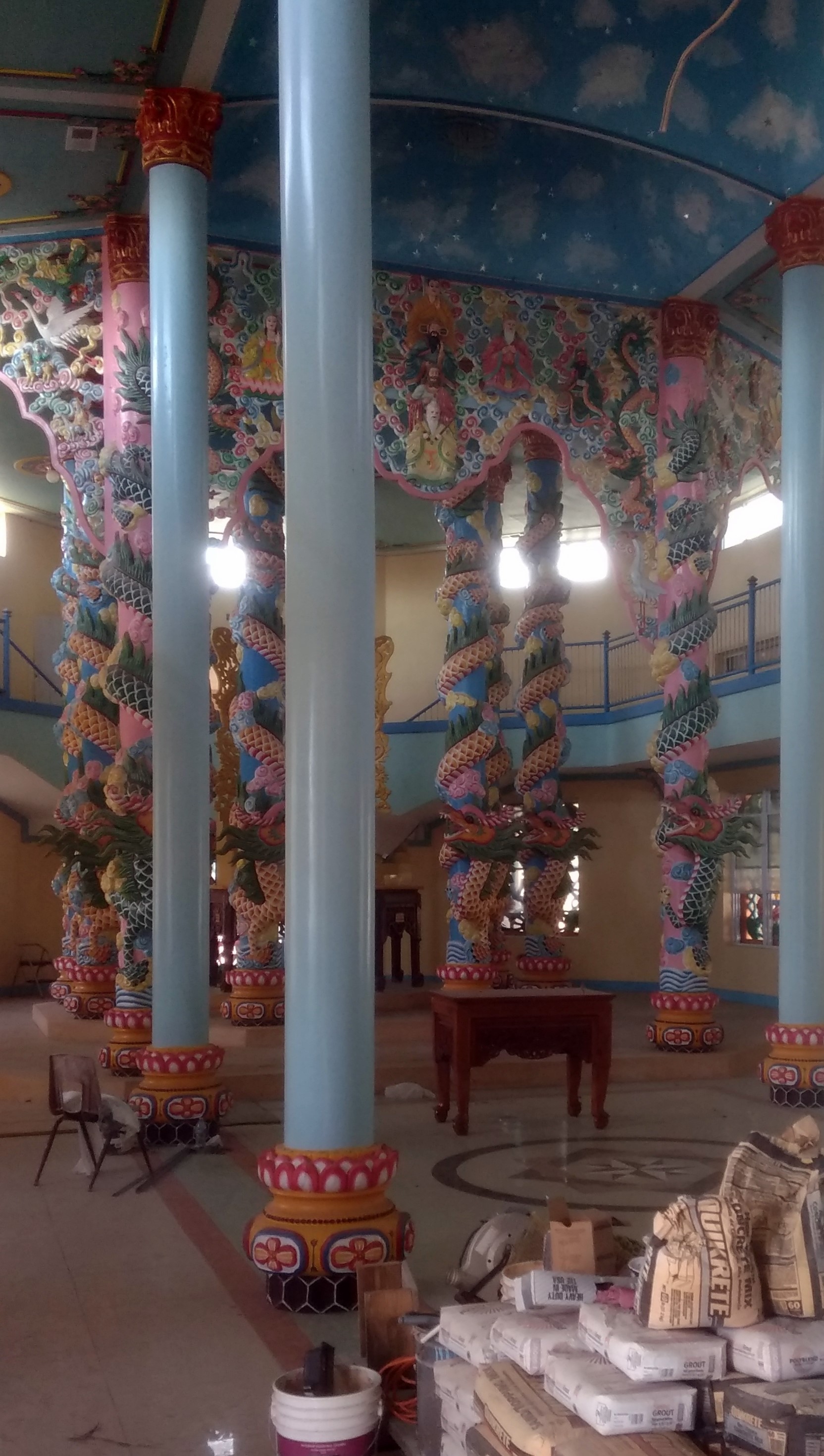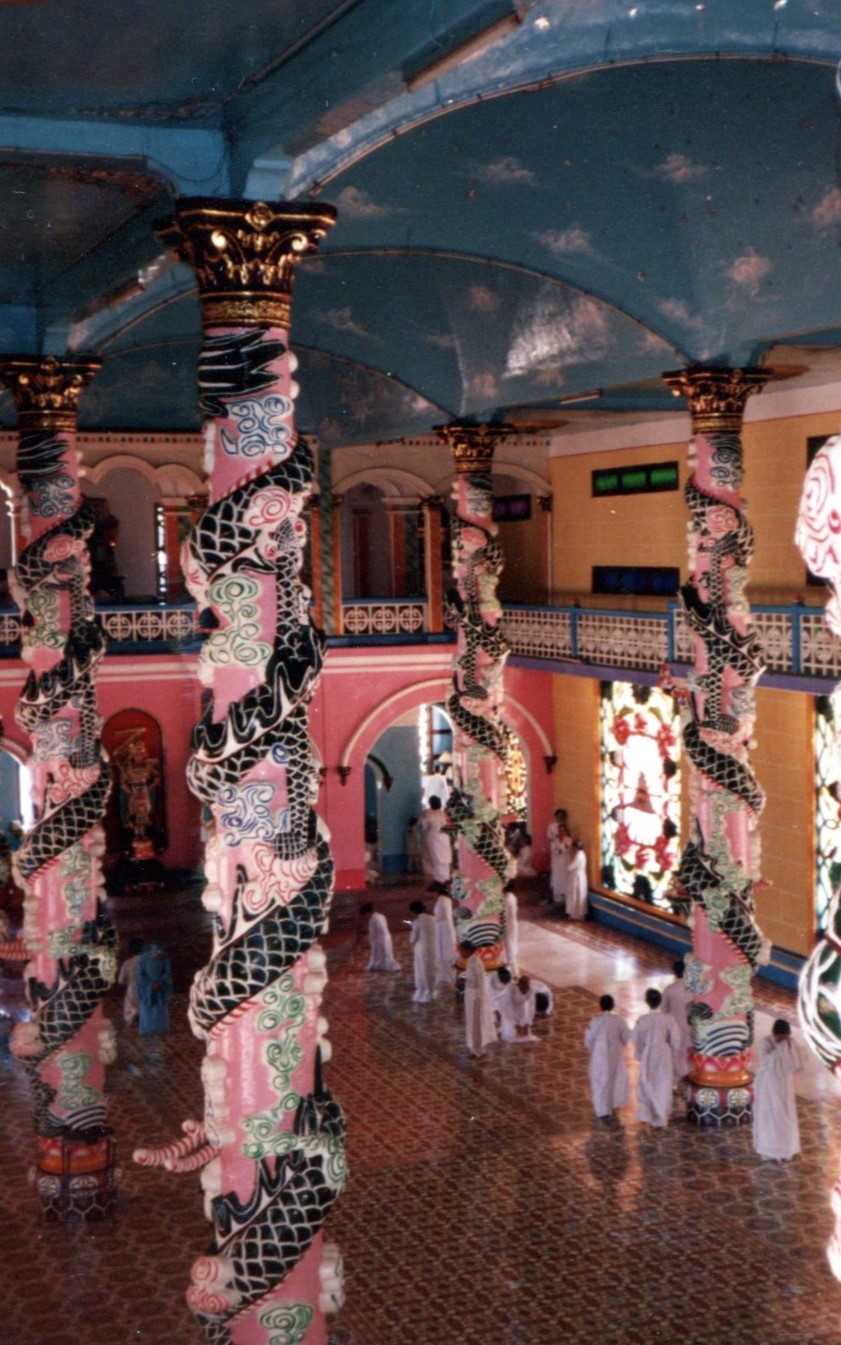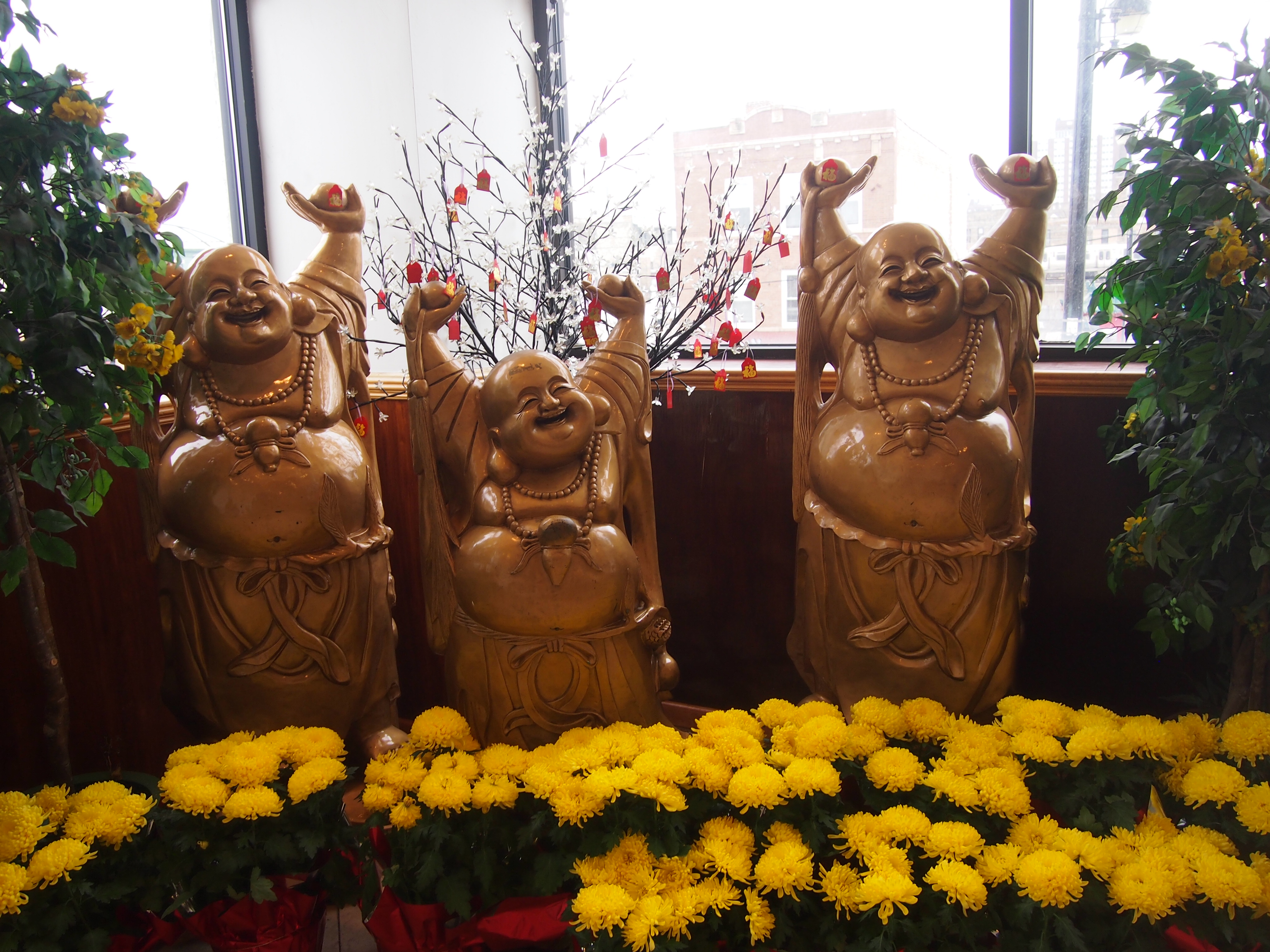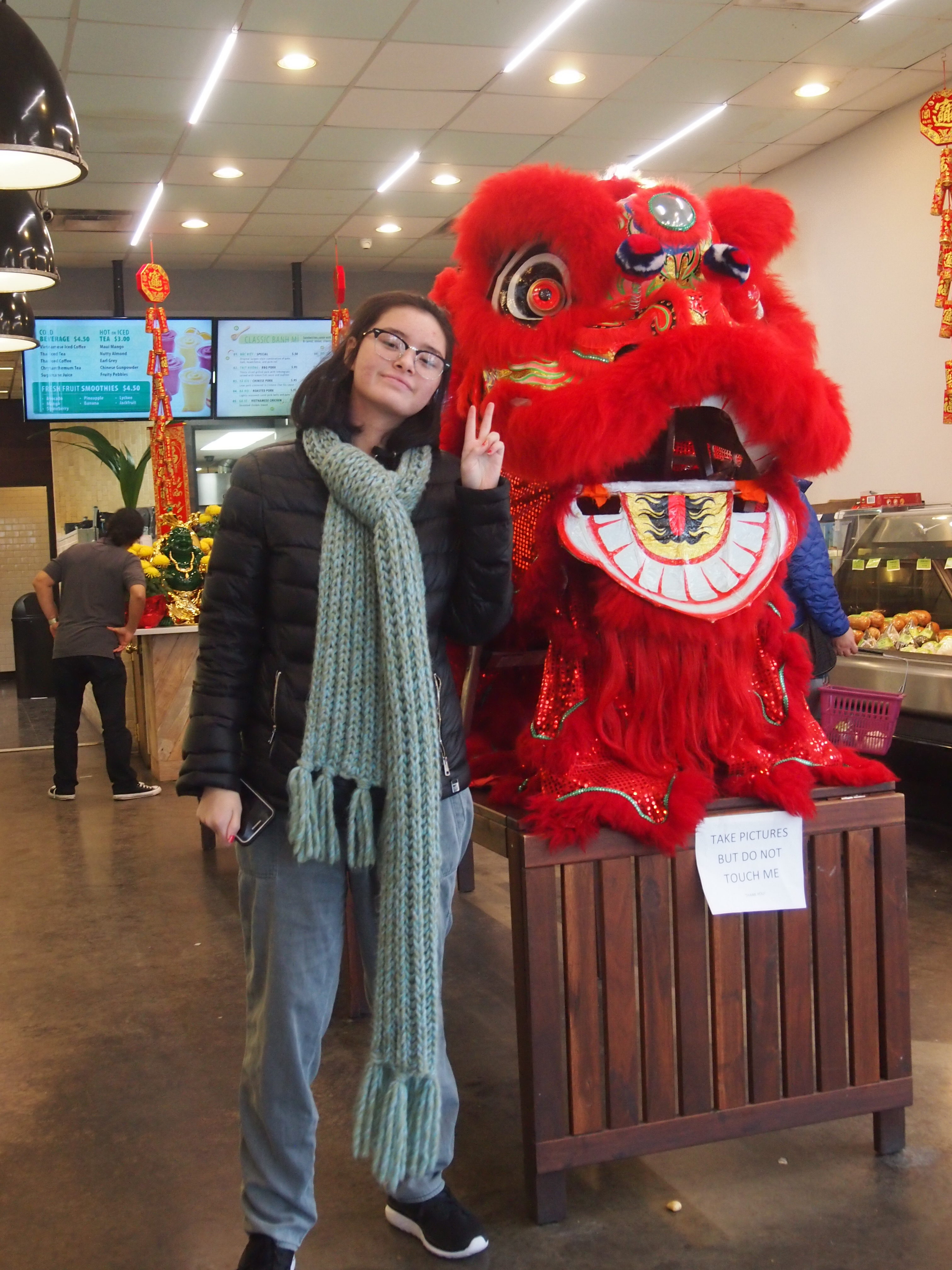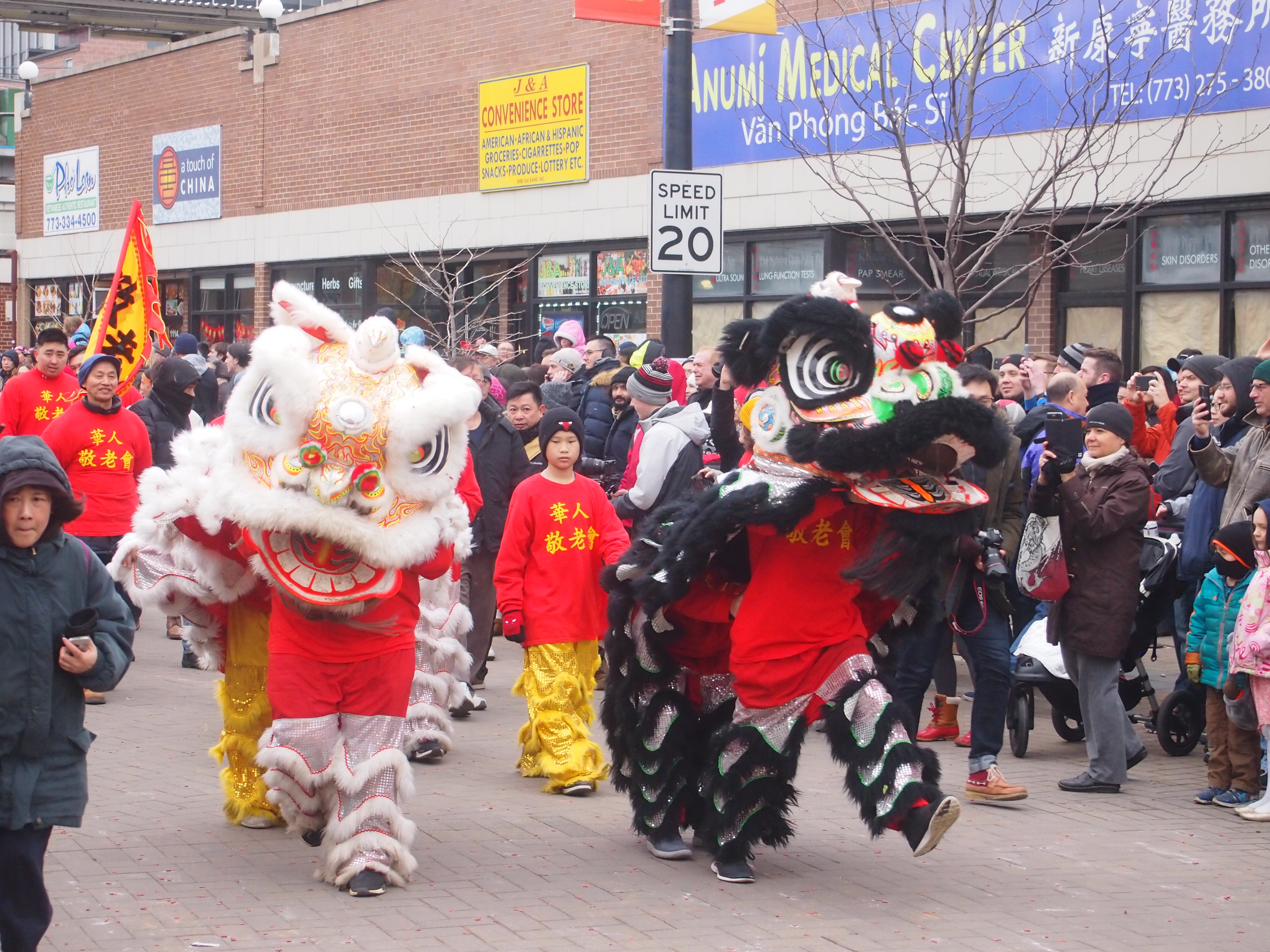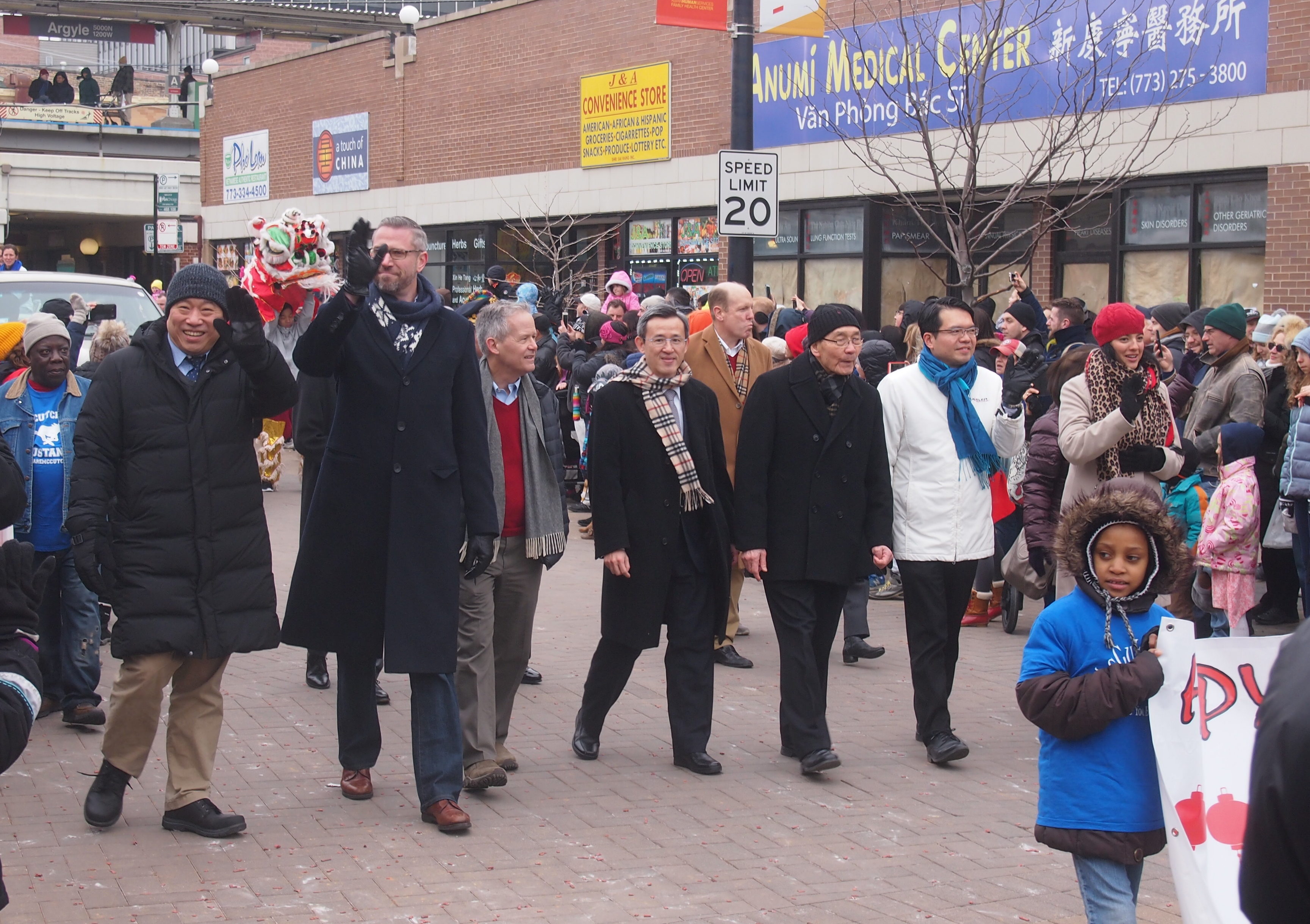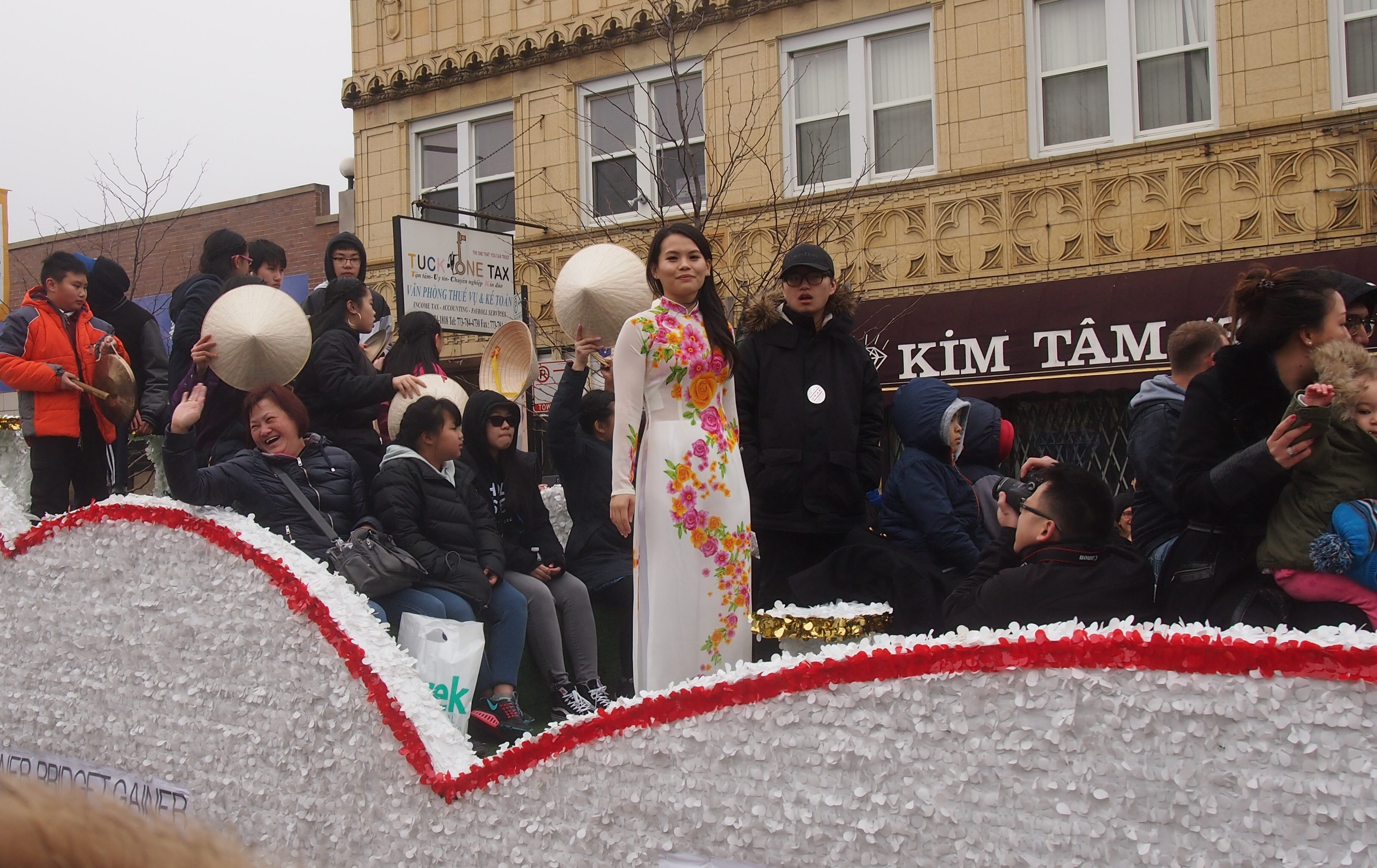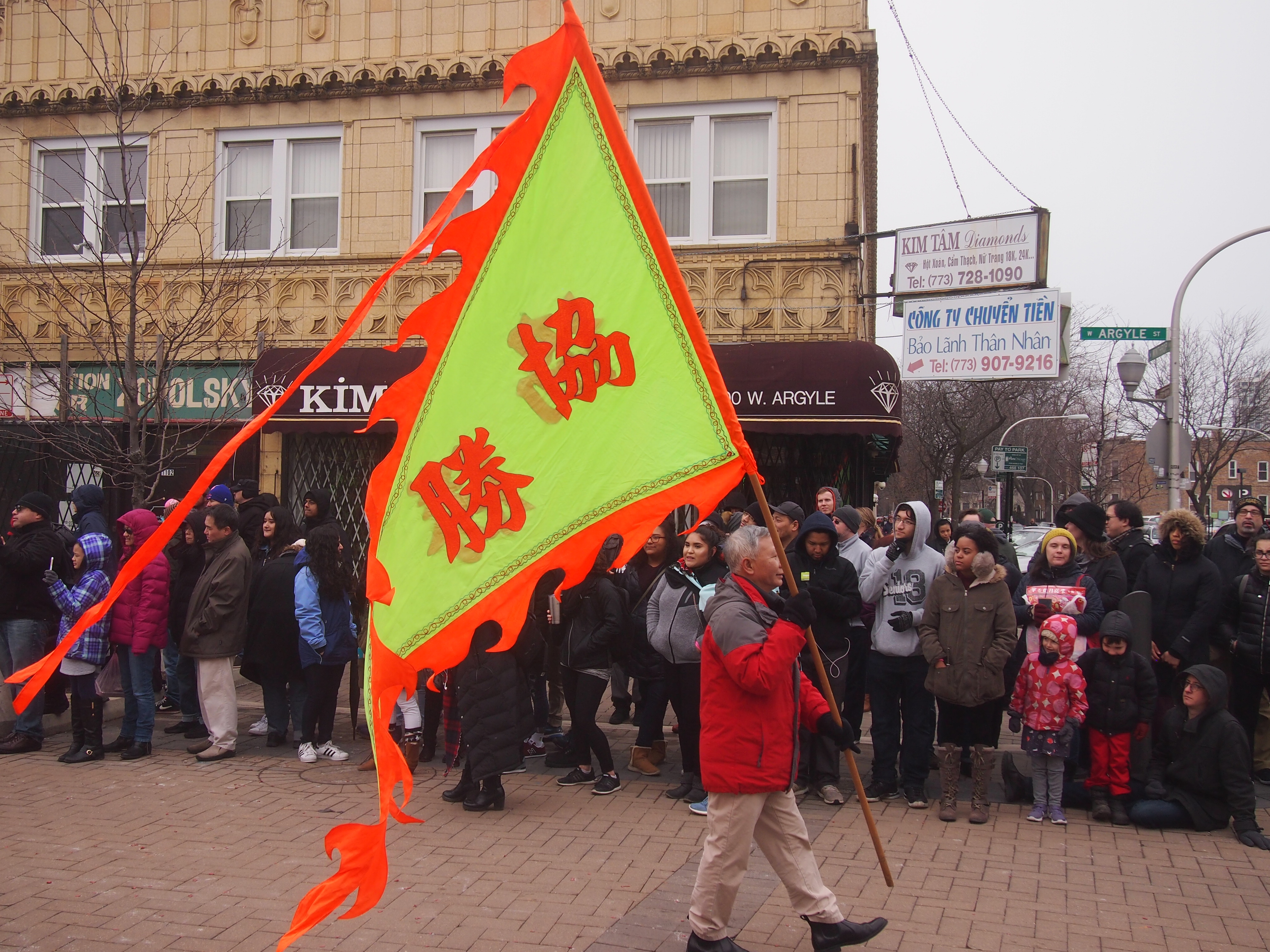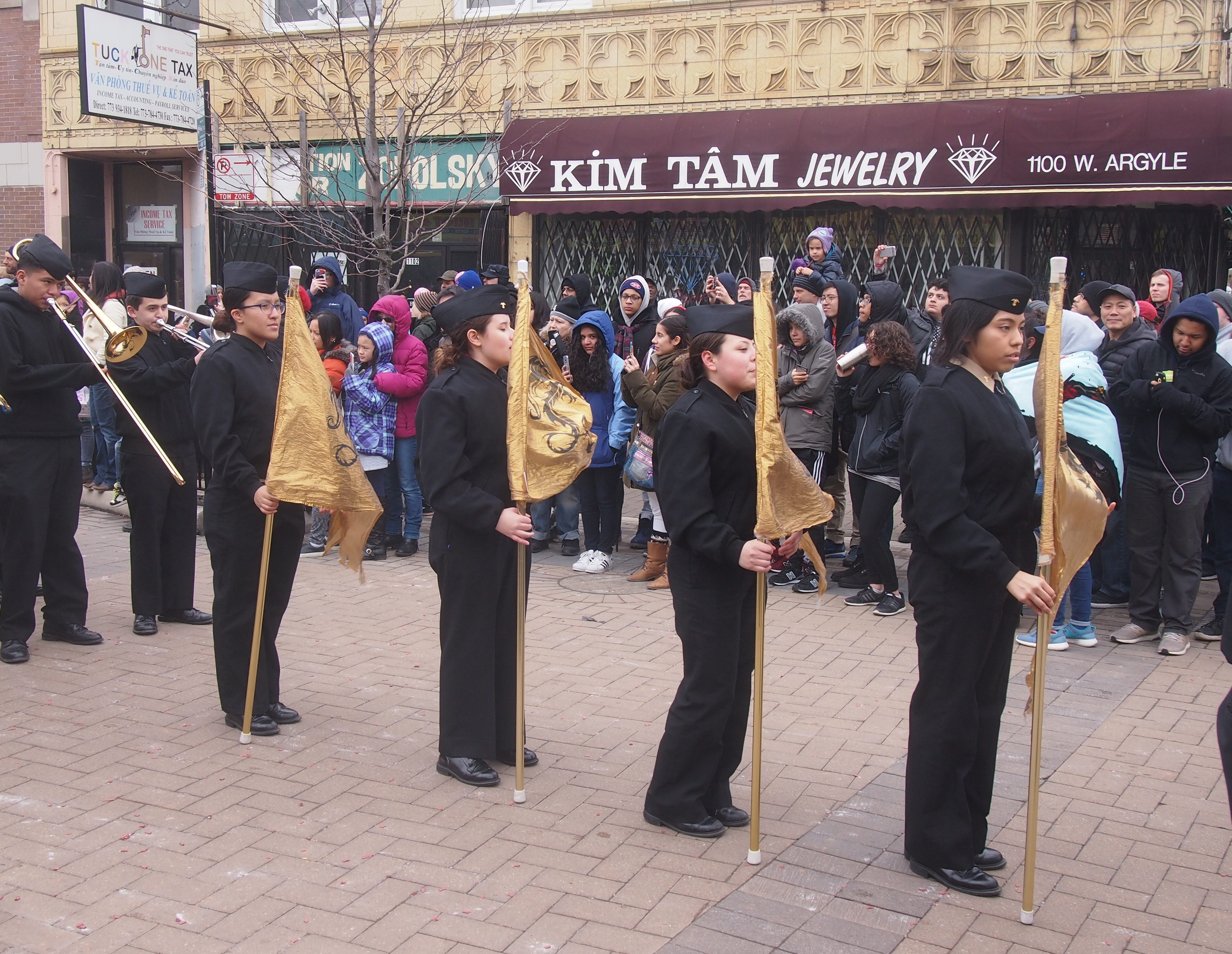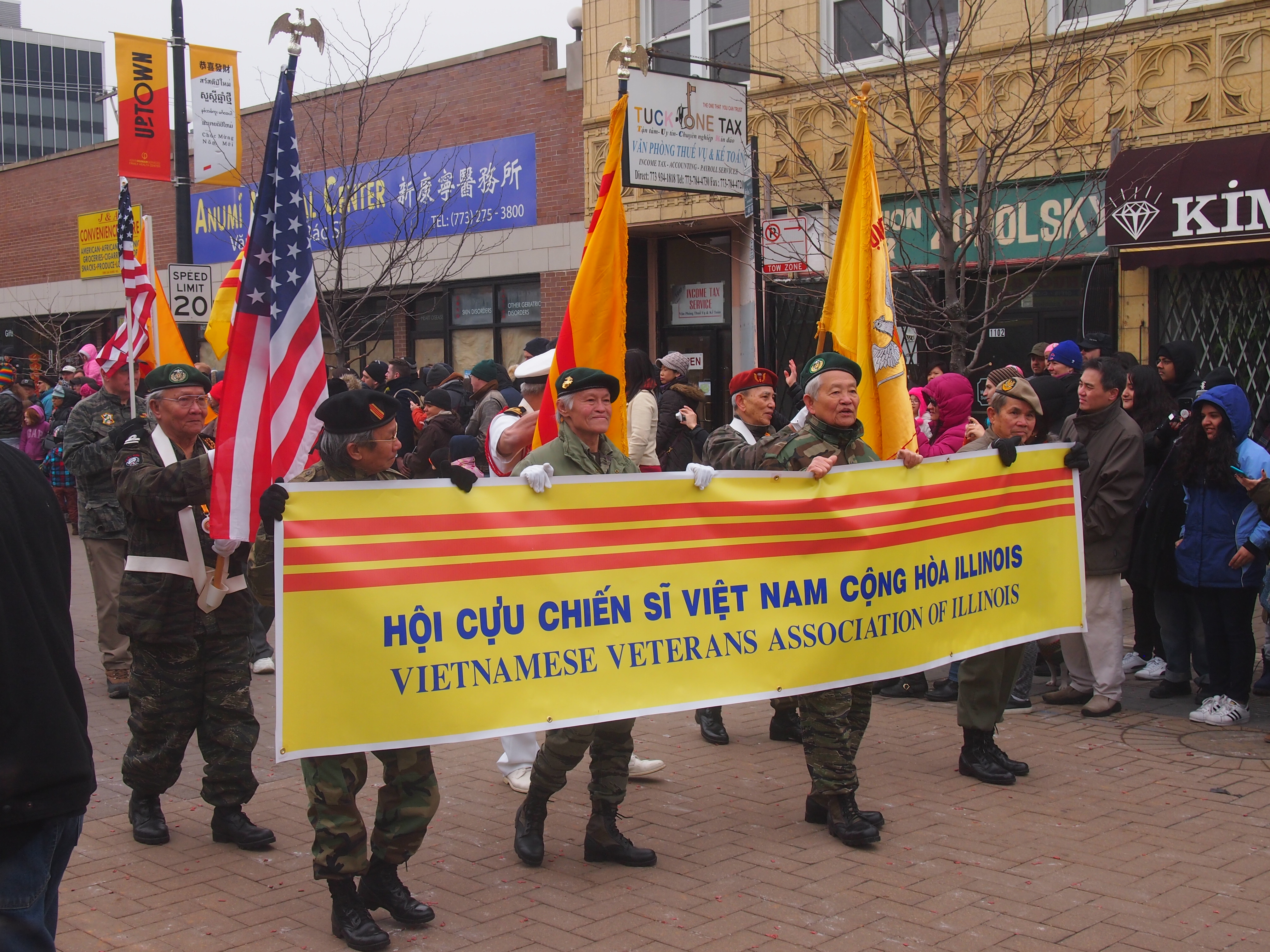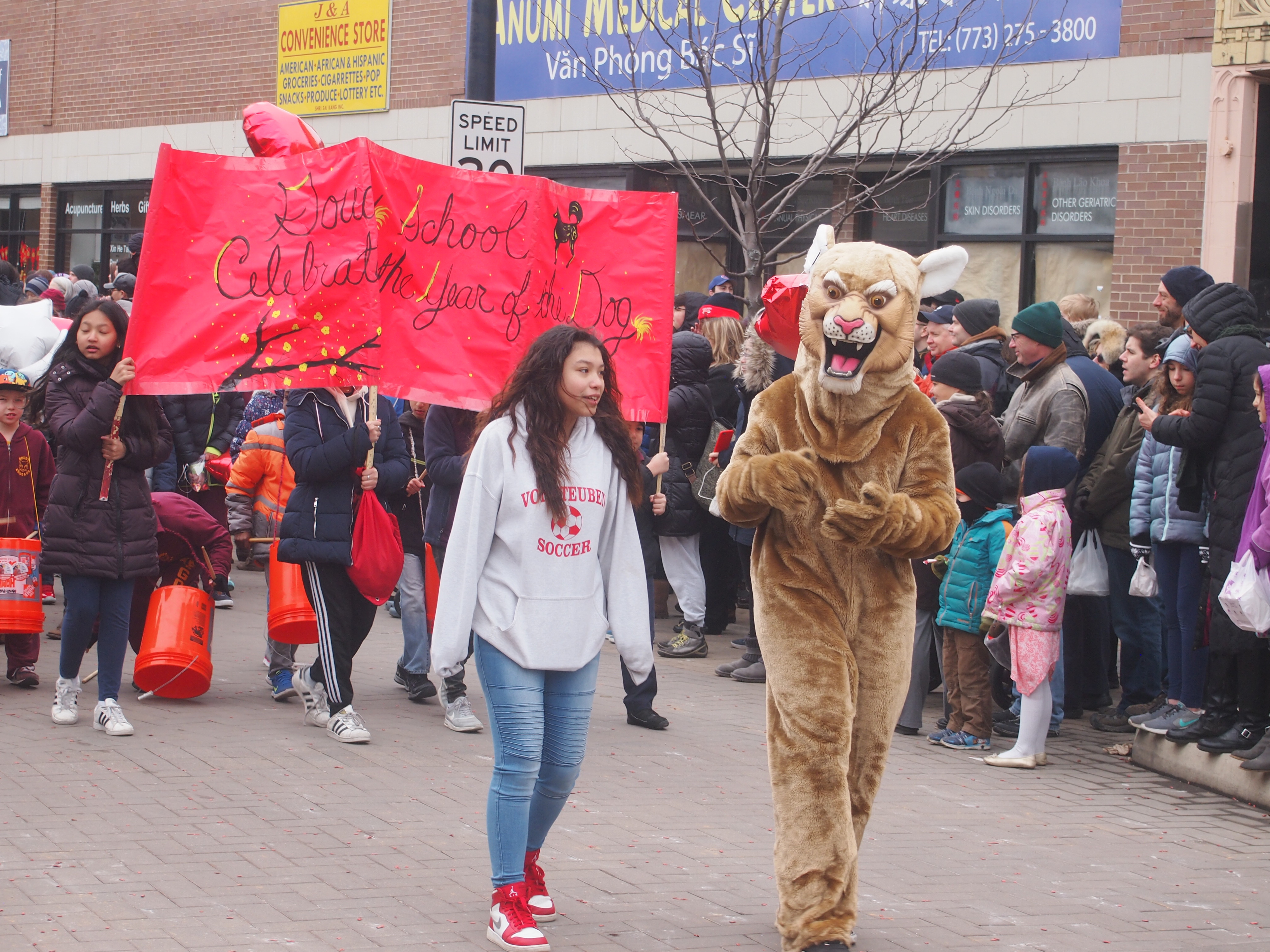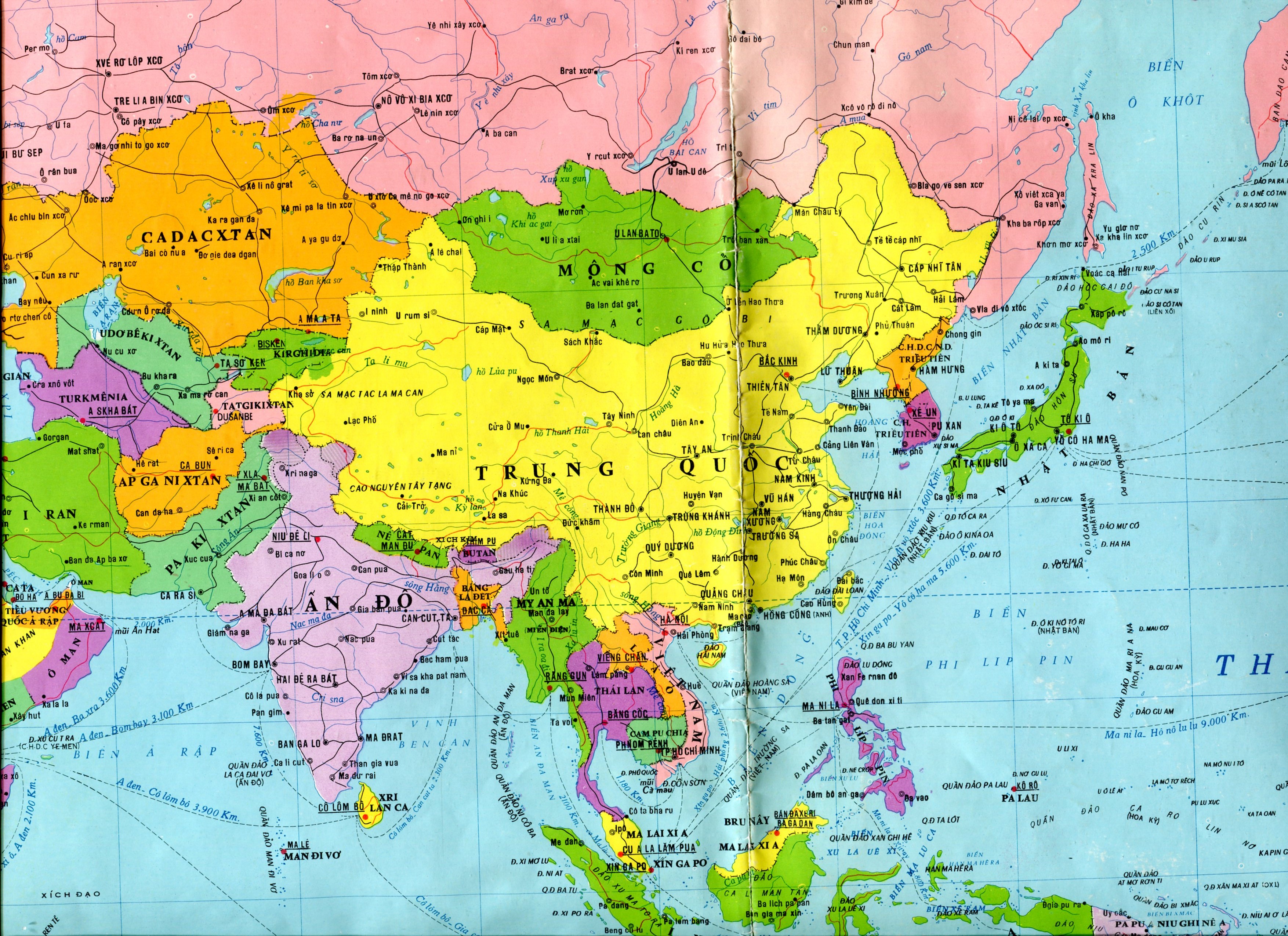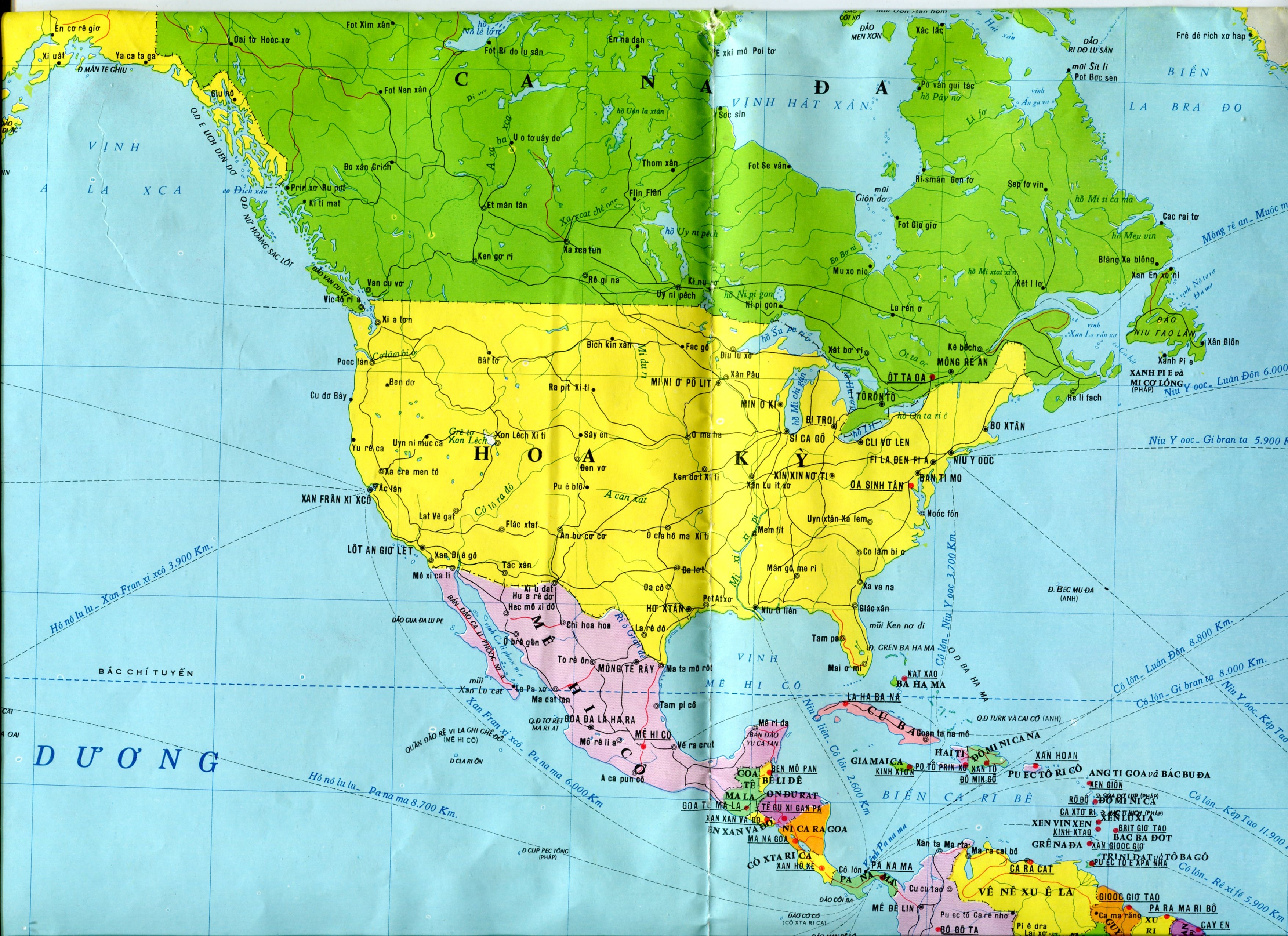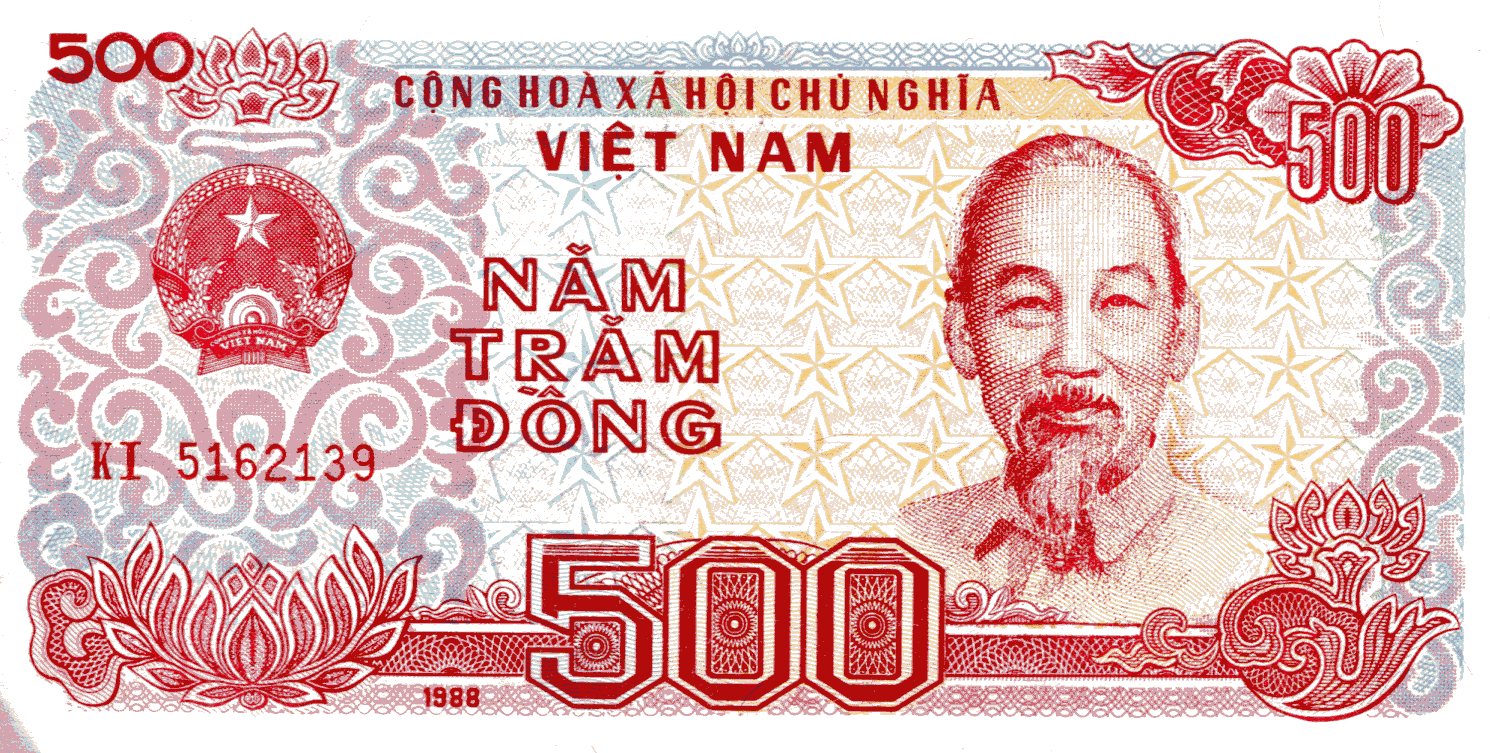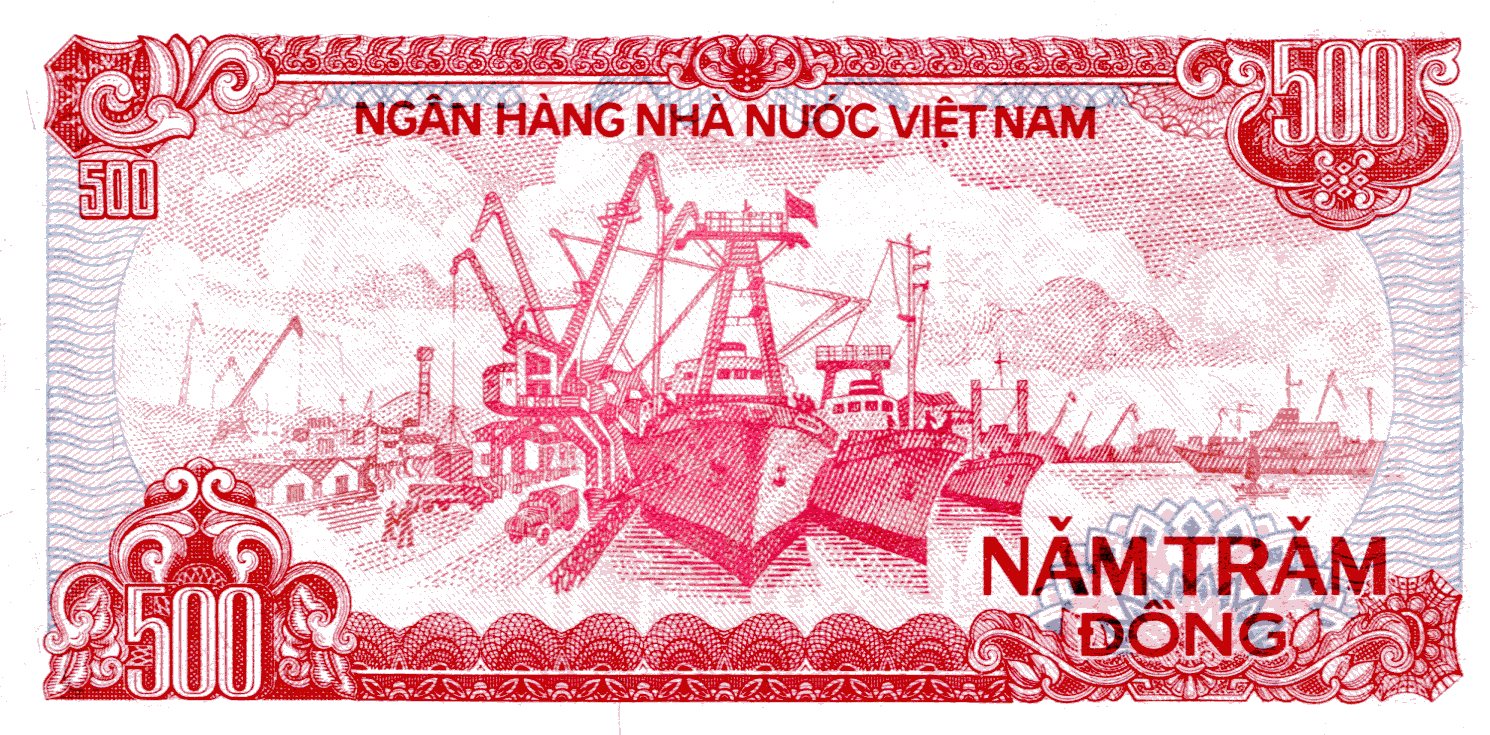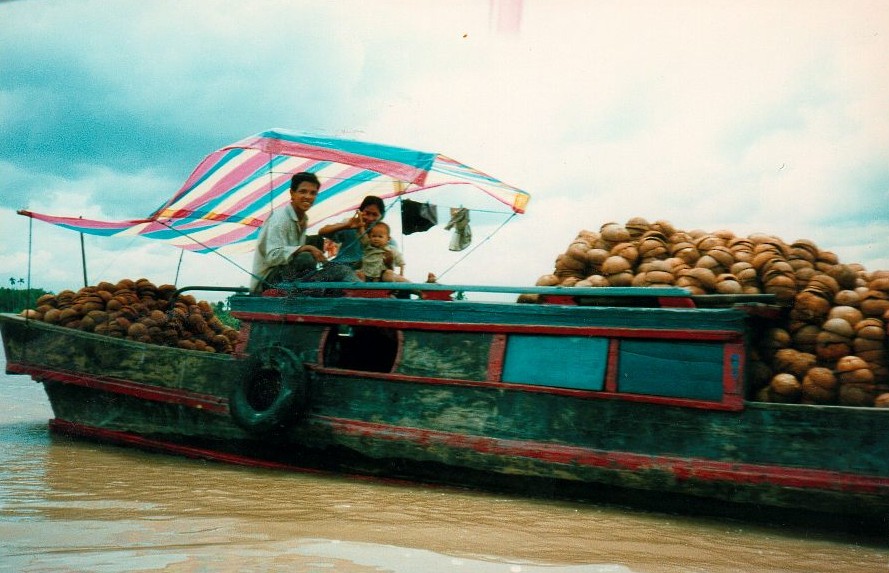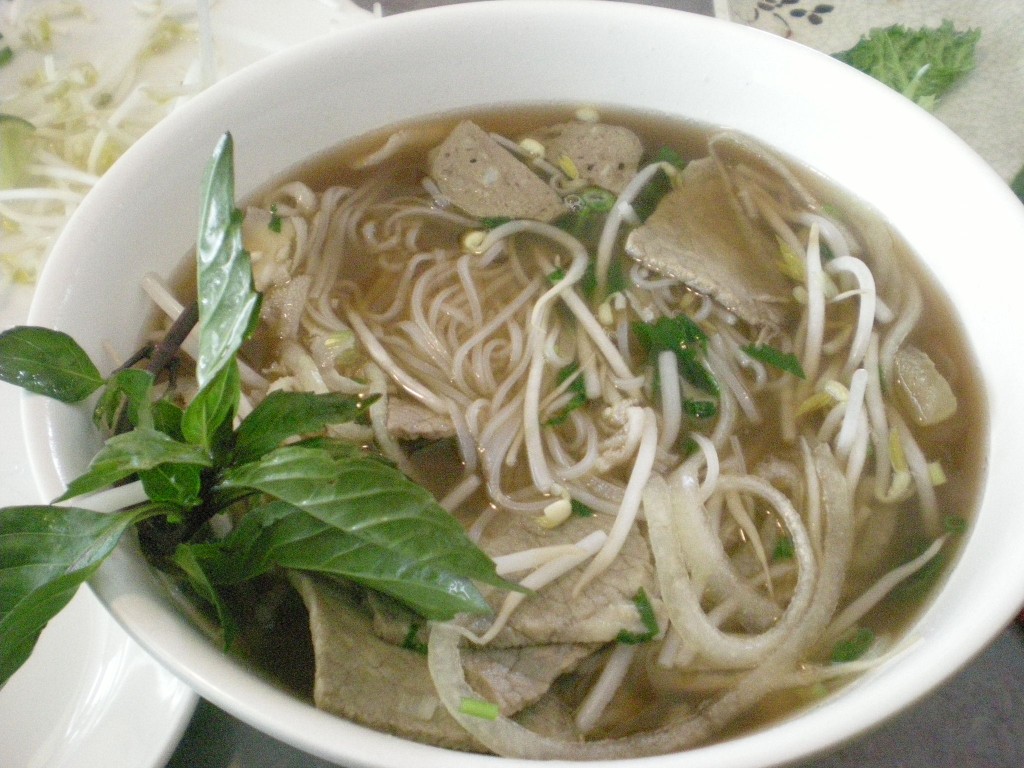“Nothing matters but the weekend, from a Tuesday point of view.”
Lyrical wisdom from The Kings, a Canadian band who had only one hit in the United States that I know of (or two, depending on how you count the songs). I don’t think I’m going to look it up to confirm that notion. It’s been more than 40 years, after all, and that level of detail doesn’t matter much.
Lunch on Saturday was in Uptown, specifically near the Argyle El station, which is home to a sizable number of Vietnamese immigrants and their descendants. Once upon a time, at a small strip center in the neighborhood, there was a pho restaurant that had the distinction (for me) of being the first place I tried pho. It was the also first restaurant we ever took Lilly to, when she was exactly a month old in December 1997. I’m glad to say she slept through the entire experience in her detached car seat, next to our table. The other patrons were probably glad, too.
That restaurant is gone – or has moved, its space taken by the next-door Vietnamese grocery store – so we repaired to a North Broadway storefront pho spot. Actually much larger than a typical storefront, with room in back for a small stage for live music, colorfully decked out with a handful of small spotlights ready for action, as we saw at some of the larger restaurants in Saigon. Lunch was filling and as good as pho almost always is. Who can ask for more?
After lunch we walked the few blocks to Saint Thomas of Canterbury Catholic Church in Uptown. I lived not far away for a number of years, but had no idea it was there.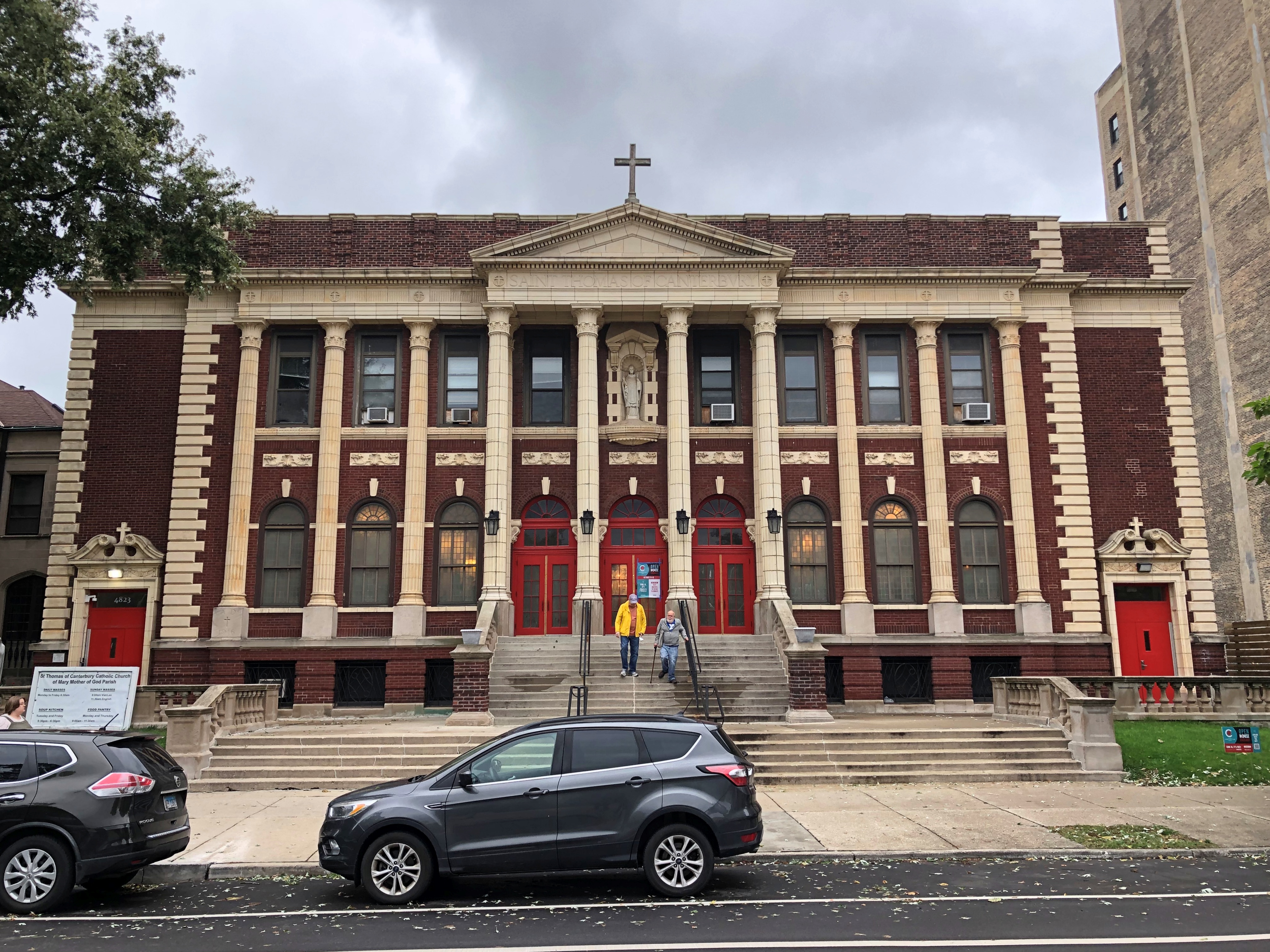
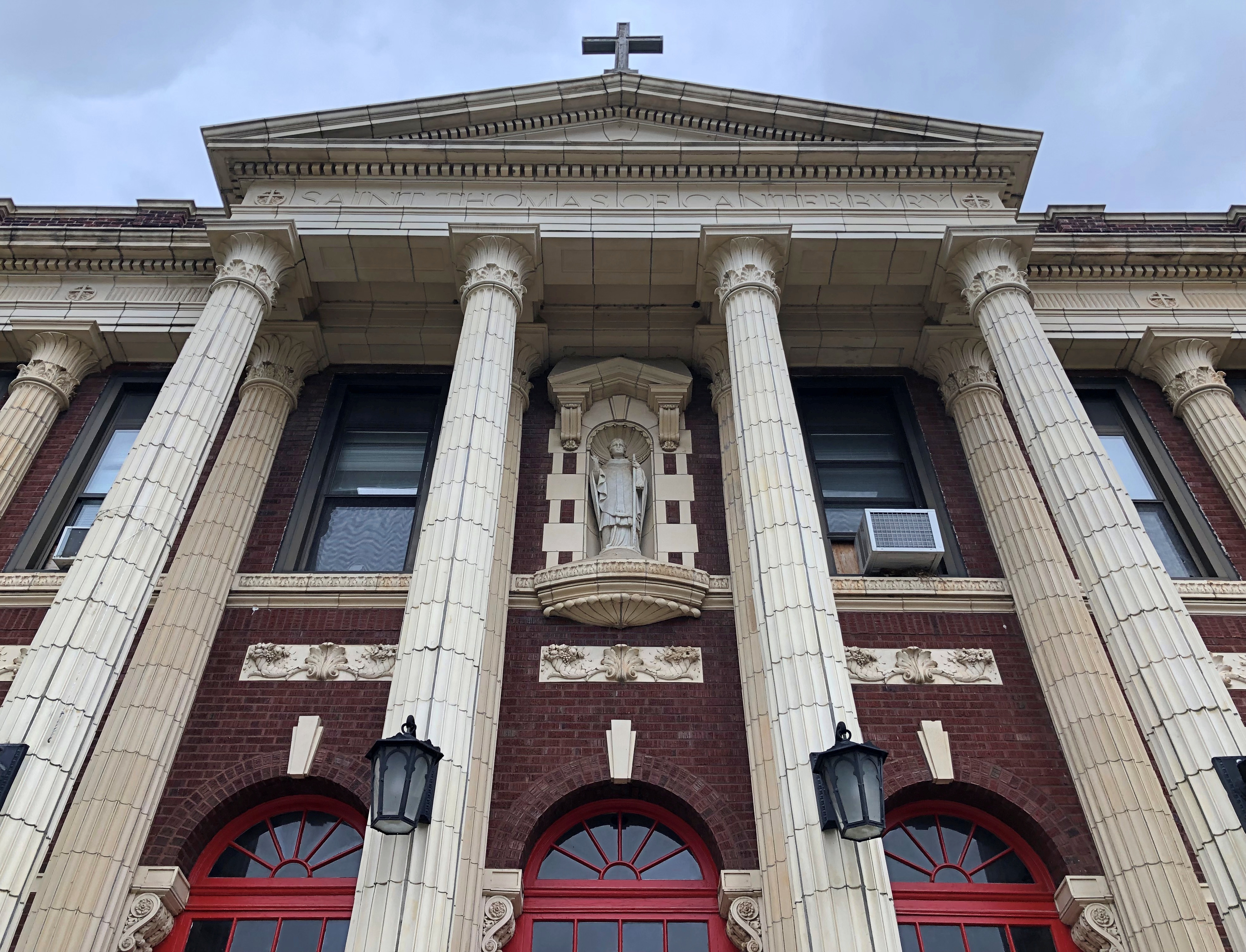
Another unusual church style, at least for Chicago. Colonial Meeting House, though looking a bit more Georgian than that, my sources tell me. An architect name Joseph W. McCarthy, not to be confused with the number-one proponent of McCarthyism from Wisconsin, did the design. He’s yet another noted designers of churches, back when that was a growth industry.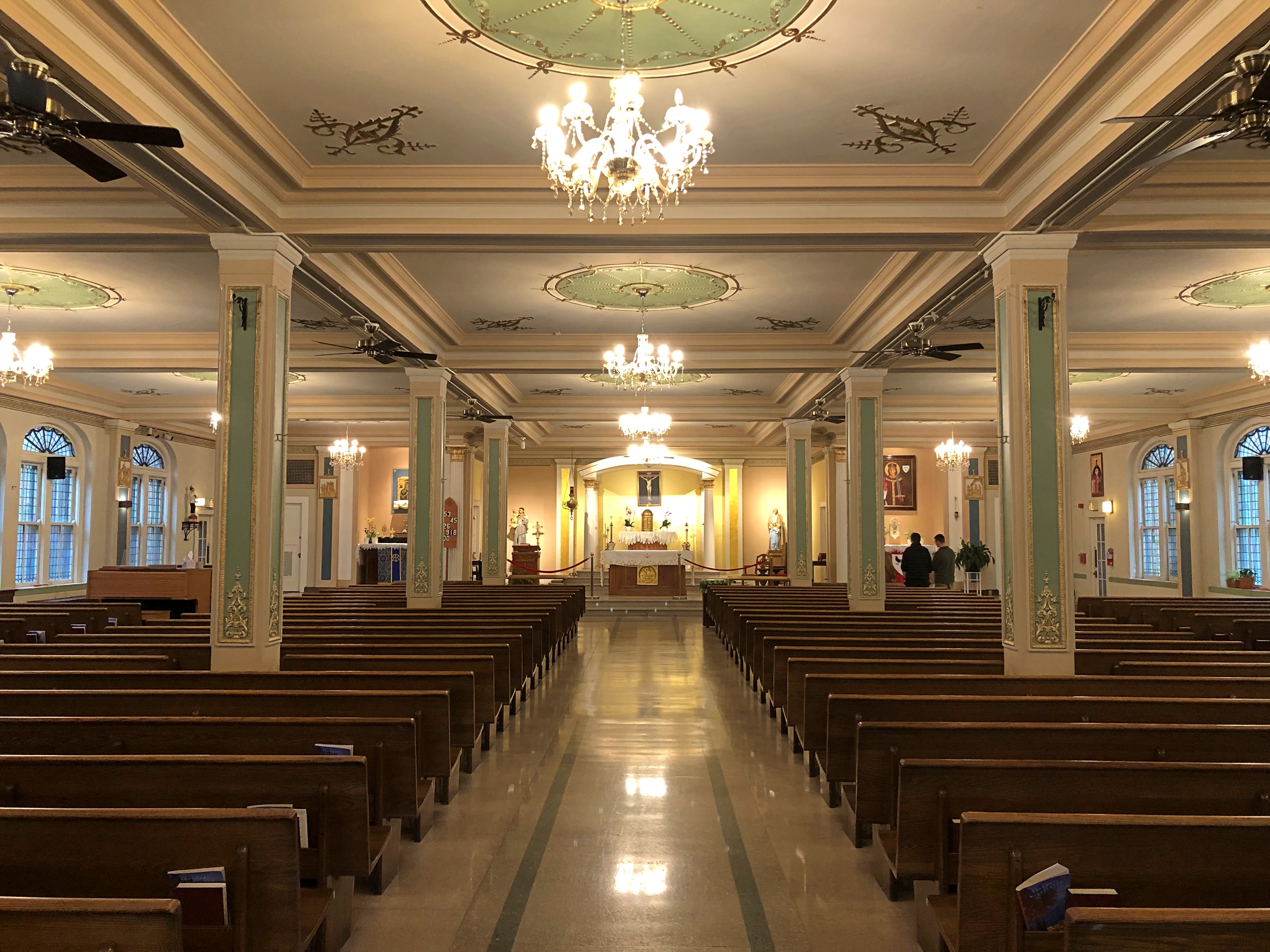


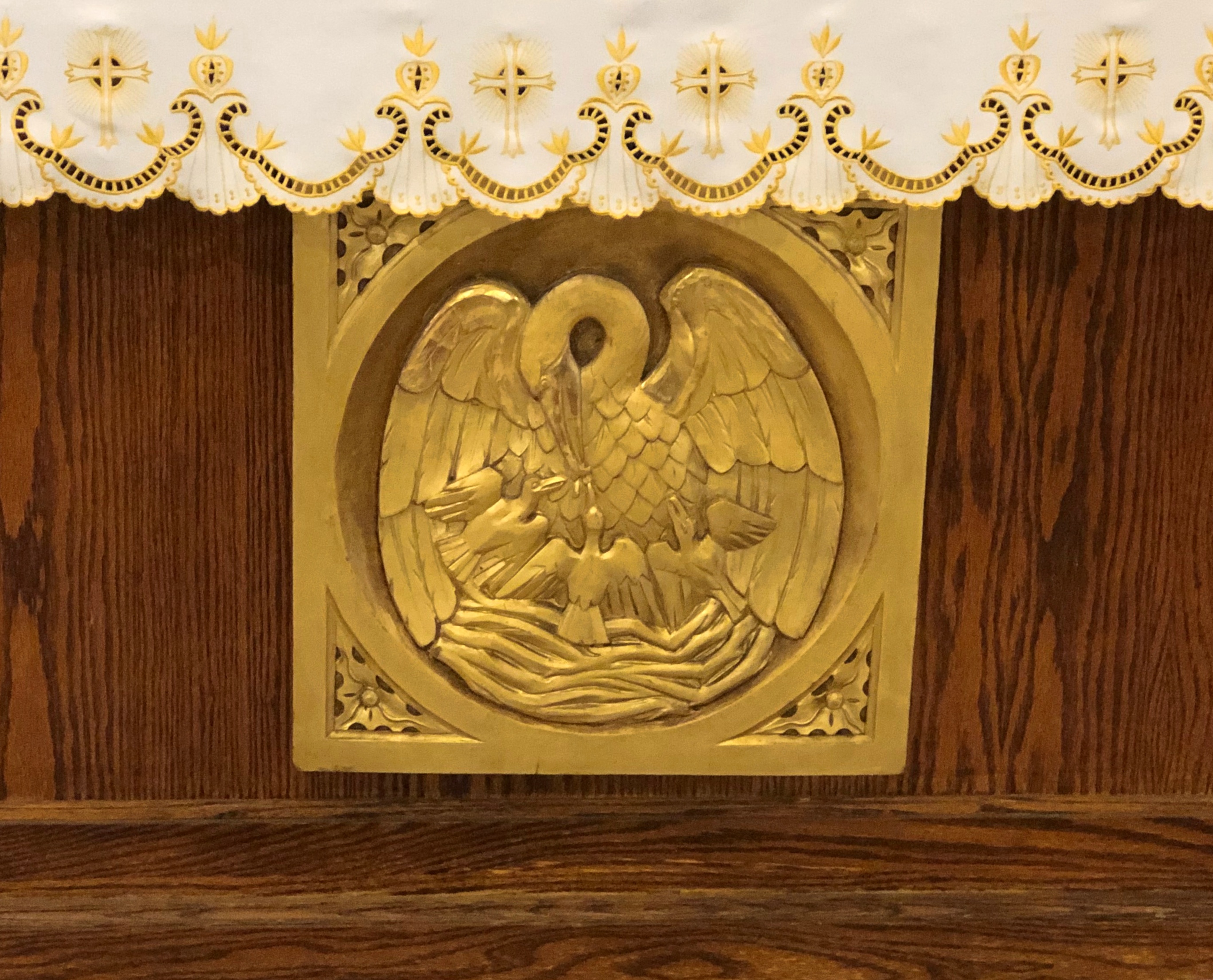
Many of the shrines in the church reflect the local population, as shrines tend to do.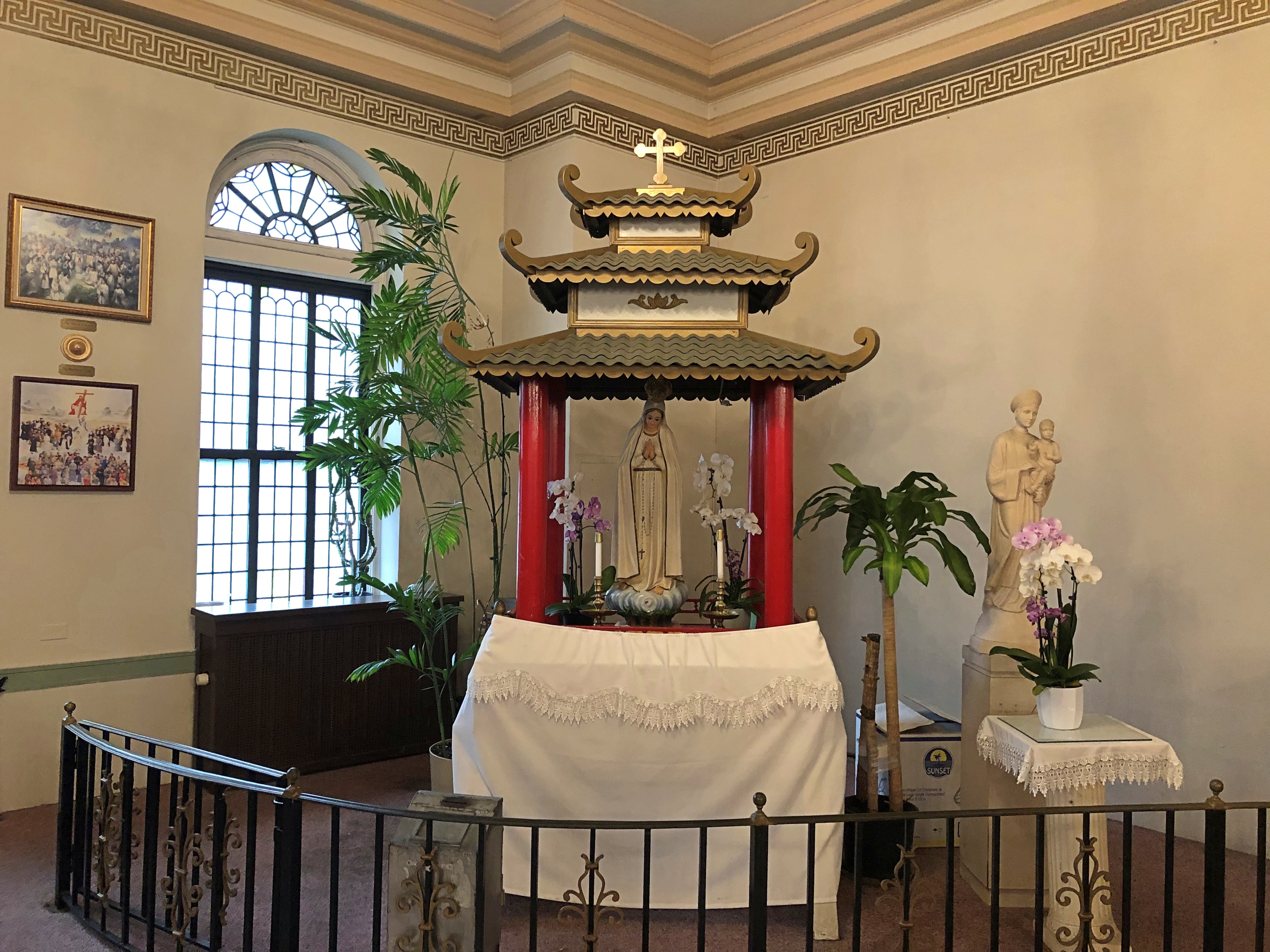
In case you want to know who the 17 Martyrs of Laos are, a poster at the back of the nave tells you. Martyrs figure prominently at Saint Thomas, fitting right in for a church honoring a churchman murdered in a church.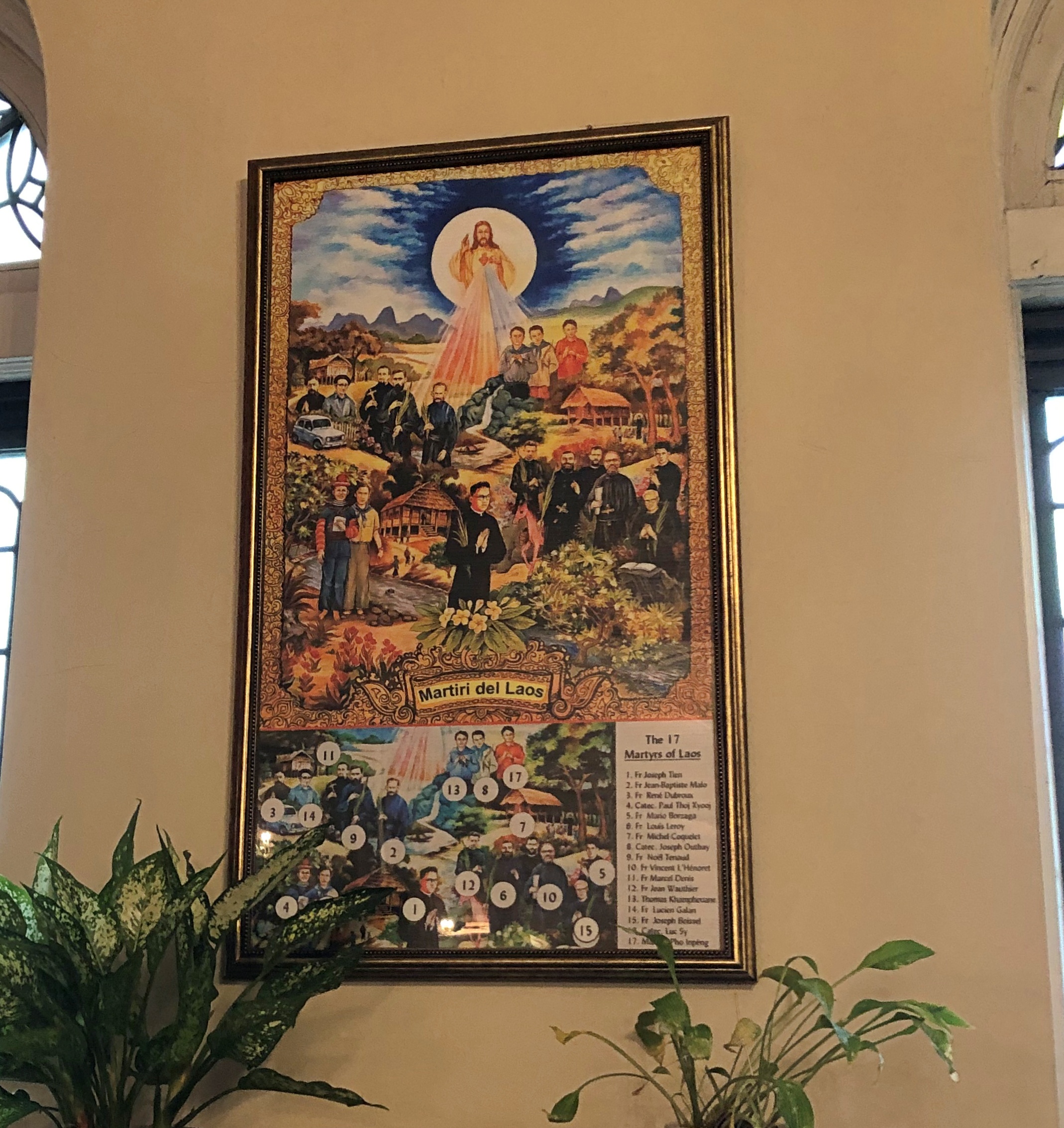
Later in the day, in fact the last place we visited on Saturday, was St. Ita Catholic Church in Edgewater, at the edge of my old stomping grounds in Andersonville.
“St. Ita Parish was founded in Edgewater in 1900. On October 23, 1923, His Eminence George Cardinal Mundelein commissioned Architect Henry J. Schlacks to design and build a new church specifically in French Gothic design for St. Ita Parish,” the local parish web site says. I’ve seen a number of his churches.
“The current church, which opened in 1927, was the capstone of Henry Schlacks’ distinguished career as an ecclesiastical architect…. The open tower appears airy and delicate, yet it contains 1,800 tons of Bedford limestone and rises to 120 feet in height. Elaborate Gothic detailing marks the altar, but the medallion windows containing more than 200,000 pieces of stained glass, designed by Schlacks, are the real highlight of the interior.”
I have a vaguely remember visiting the church on a cool rainy Saturday – sometime in the late ’80s, maybe? — but not lingering for too long inside because a wedding was in progress. Last Saturday, cool and rainy, another wedding was in progress. Some other time I might see those many pieces of glass, artfully arrayed.
Some other time I might see those many pieces of glass, artfully arrayed.













